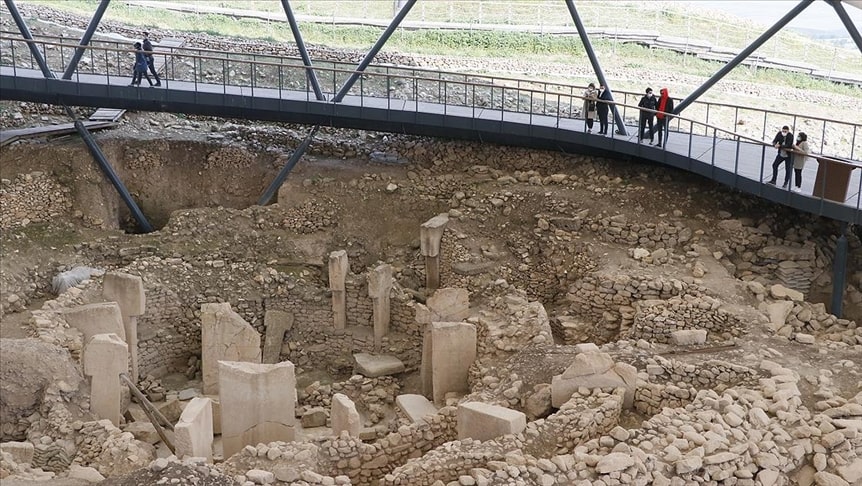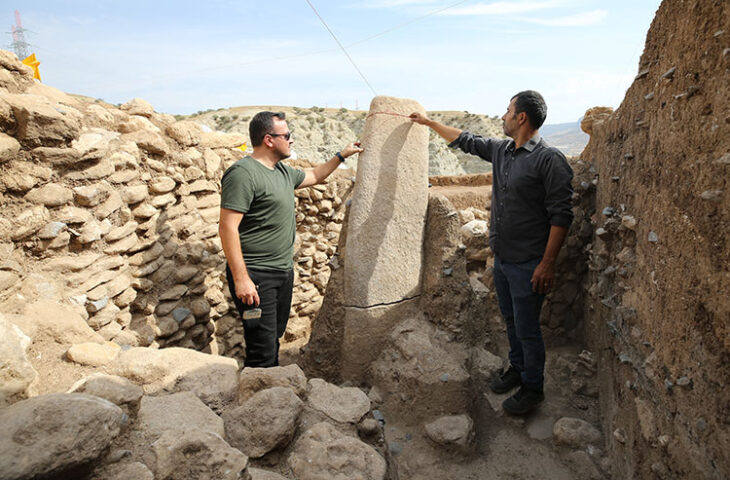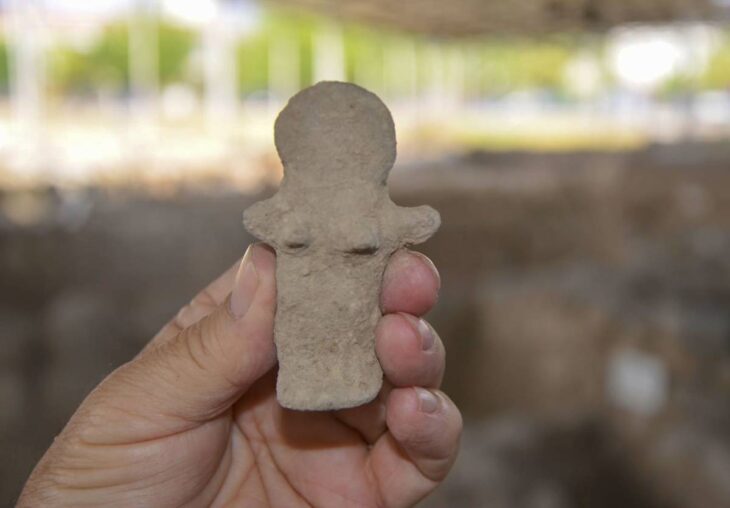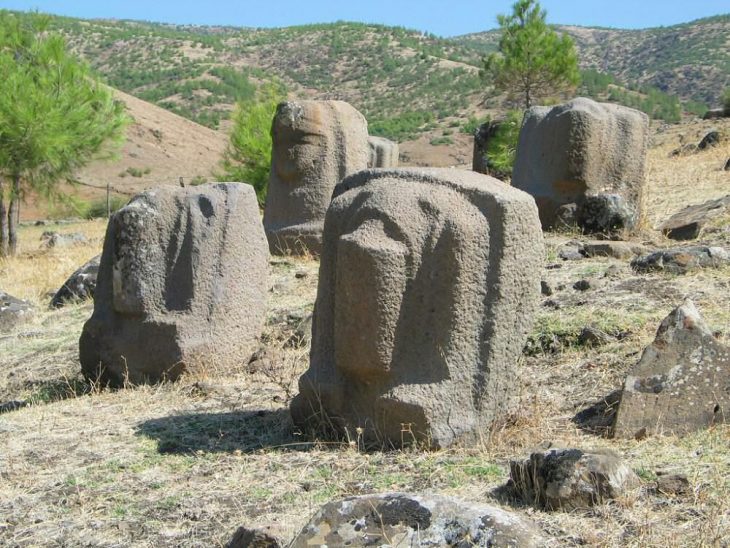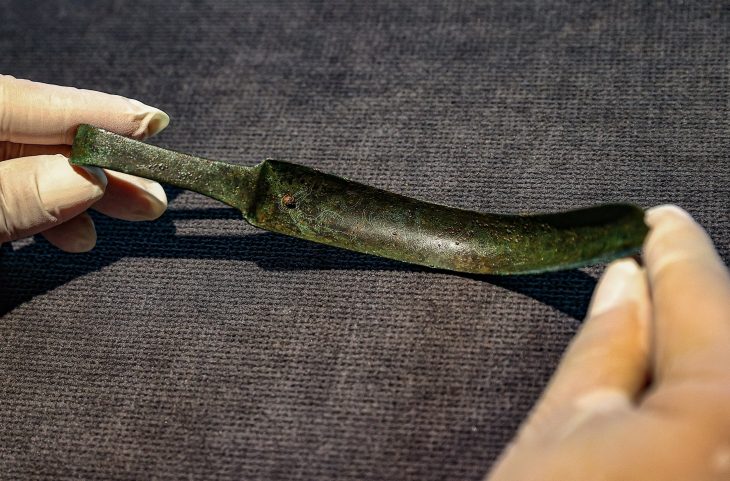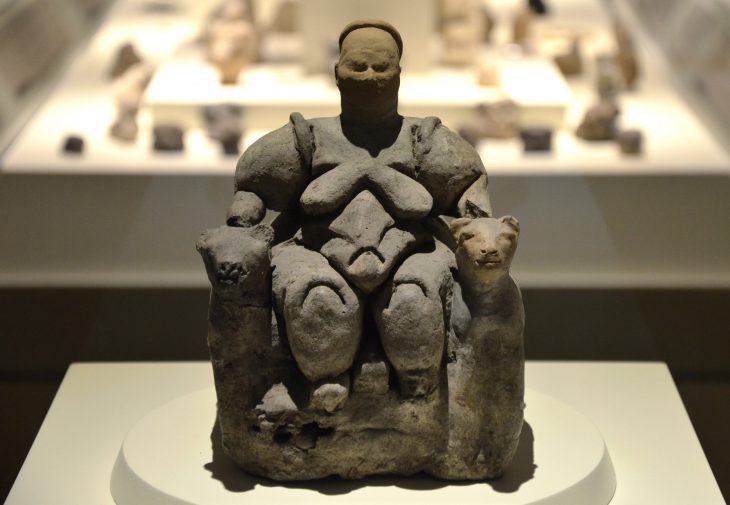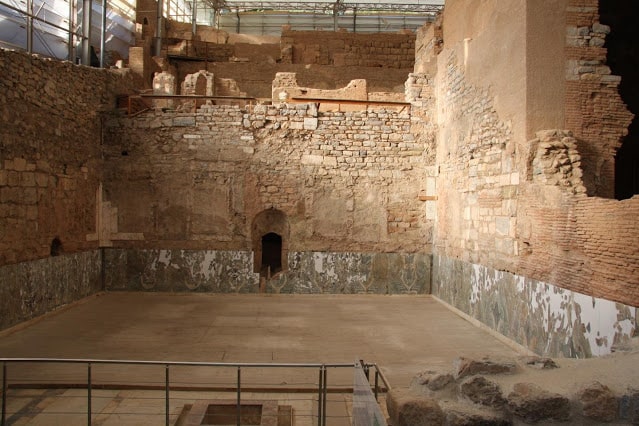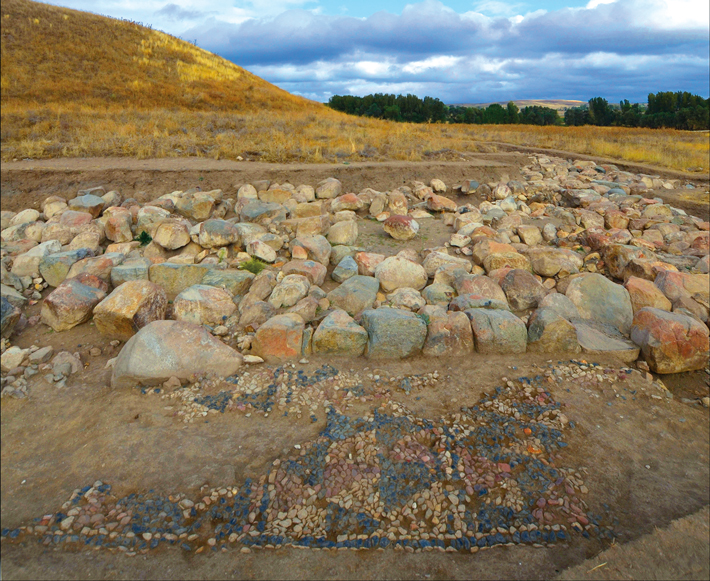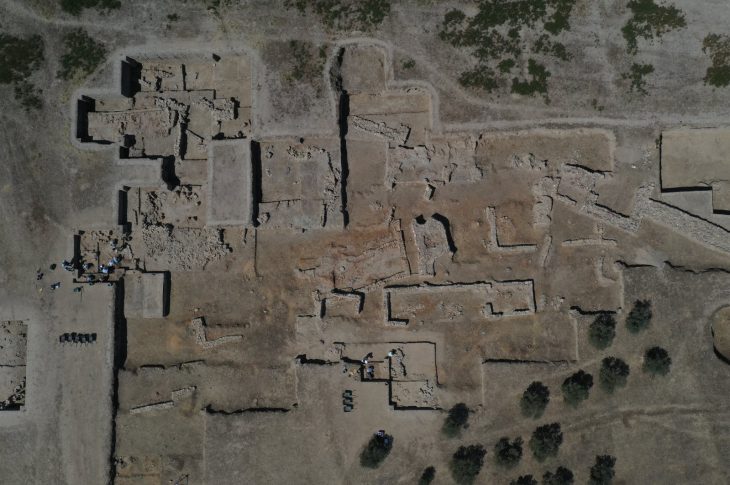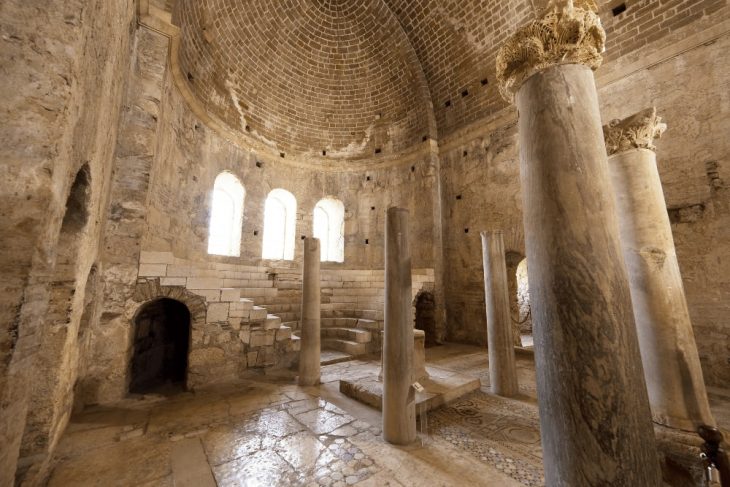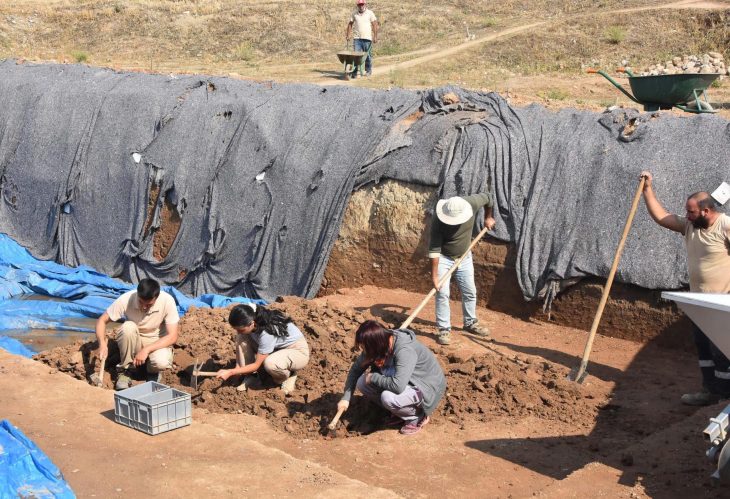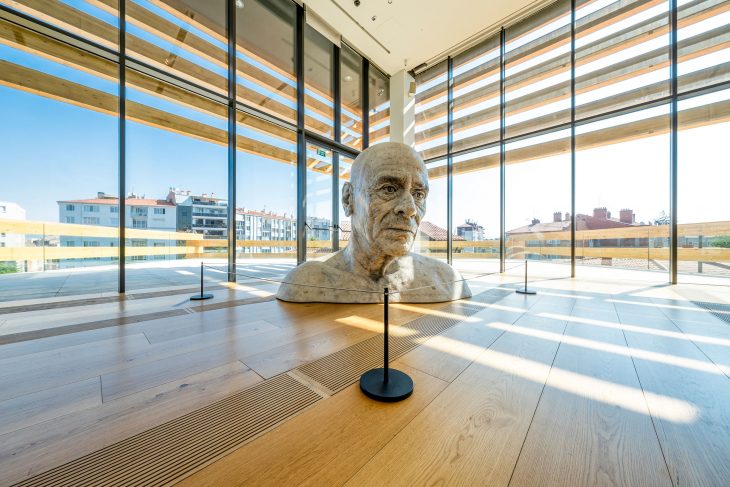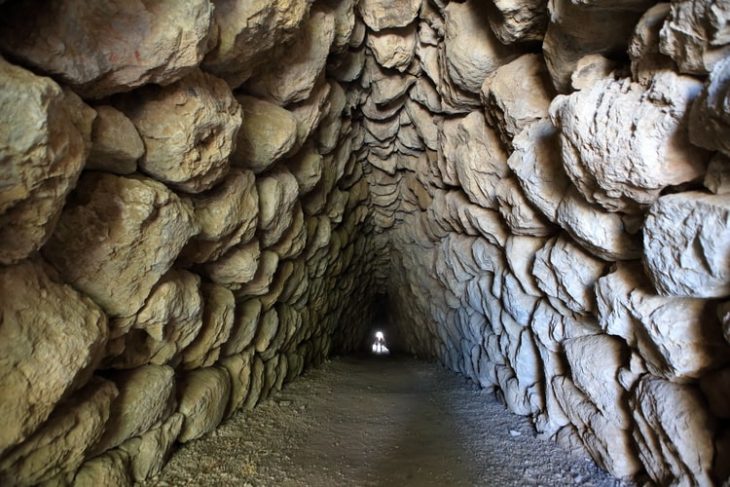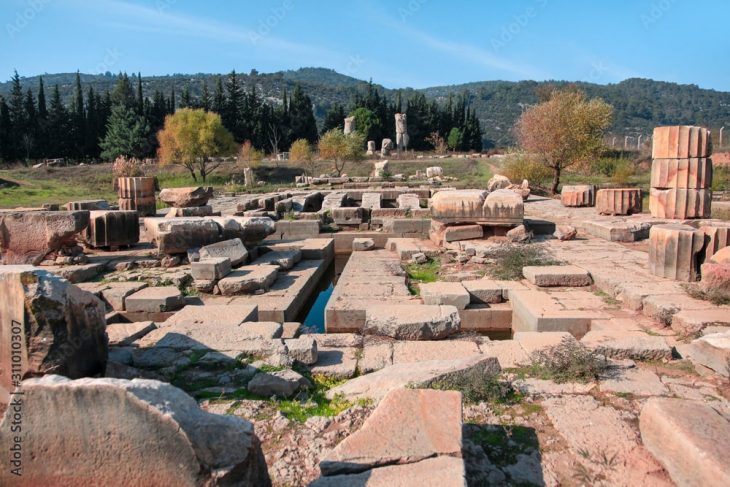Göbeklitepe, which is called “the zero point of human history” and “The place where civilization was born’’, is located takes near Örencik Neighborhood, 18 kilometers from Şanlıurfa city center.
Göbeklitepe was included in the UNESCO “World Heritage Tentative List” in 2011 and was included in the World Heritage List at the 42nd World Heritage Committee Meeting held in Bahrain on 1 July 2018.
The ancient site of Gobeklitepe in southeastern Turkey’s Sanliurfa province hopes to host at least 1 million visitors in 2021, according to the head of the excavation team.
Noting that last year passed with tight measures aimed to fight the novel coronavirus pandemic, Celal Uludag, director of the Sanliurfa Museum and head of excavation at the Gobeklitepe site, told Anadolu Agency they expect “a big increase” in the number of visitors in 2021.
“Following the vaccinations in our country, a large visitor density is expected in May and June. Hopefully, after this pandemic is over, our target is to host at least 1 million visitors. Of course, these numbers will continue to increase afterward,” he said.
He underlined that in 2019, Gobeklitepe hosted around half a million visitors — both domestic and foreign tourists, adding the high volume of tourists coming to visit the site continued until the beginning of 2020.
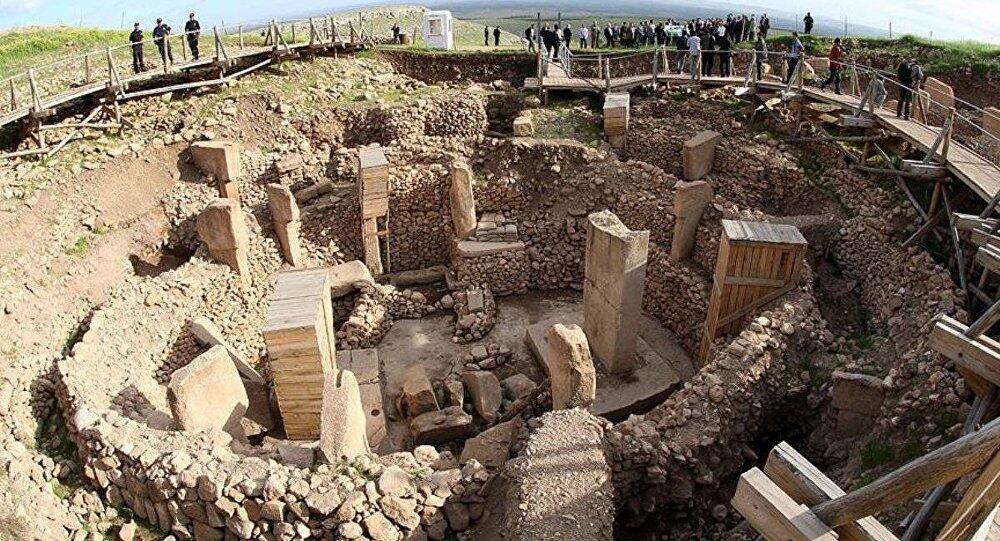
Uludag went on to say that the number of visitors dropped last year due to the closure of the archaeological site and the curfew restrictions taken as part of measures against COVID-19.
However, he said, despite this situation, 250,000 people visited Gobeklitepe in 2020.
He emphasized that visits to the site during the year have been arranged by taking the necessary precautions, noting that due to the open-air structure of the area, visitors were able to visit the site without forming crowds.
Uludag also said that this year’s excavations at the archaeological site will be mainly focused on restoration and conservation work to eliminate the negative effects on the site that may arise from adverse weather conditions.
The German Archaeological Institute and Sanliurfa Museum have done joint work at the site since 1995 and have found T-shaped obelisks from the Neolithic era measuring 3-6 meters (10-20 feet) high and weighing 40-60 tons.
During the excavations, 12,000-year-old diverse artifacts like human statues with a height of 65 centimeters (26 inches) were also discovered.
Cover Photo: Eşber Ayaydın/AA

